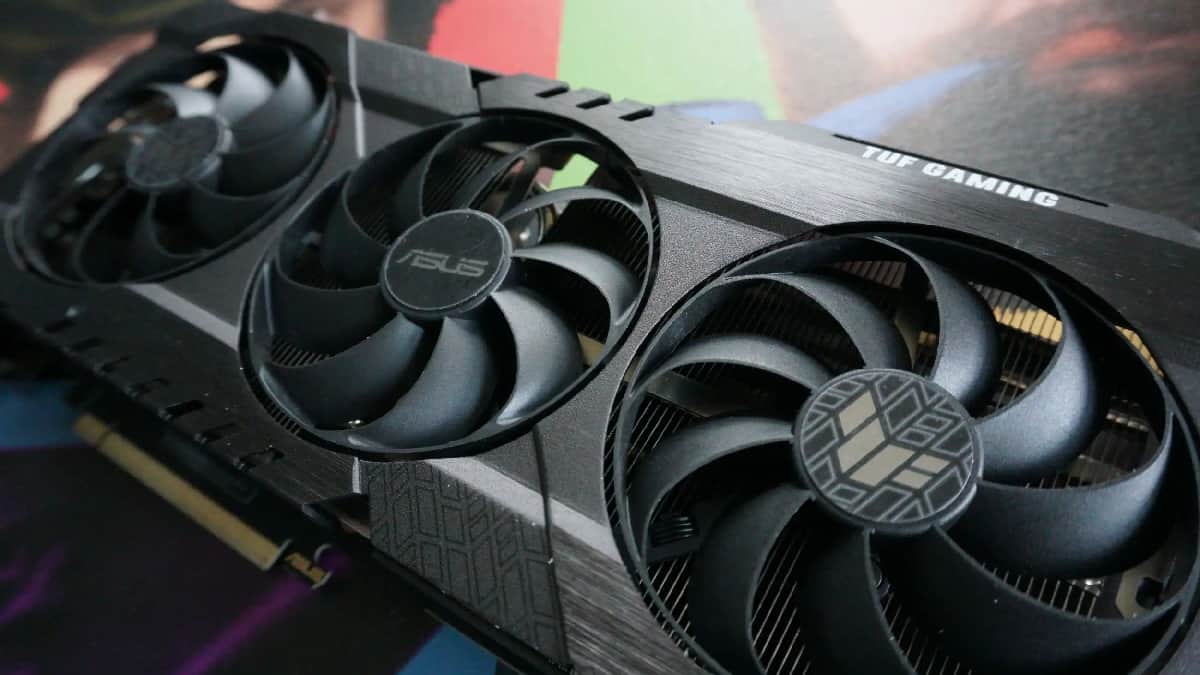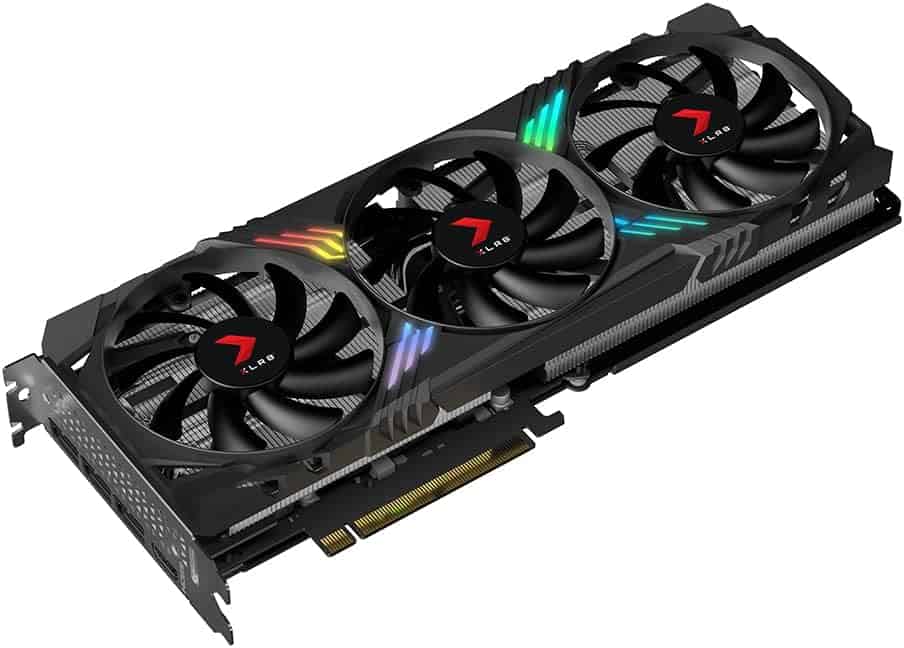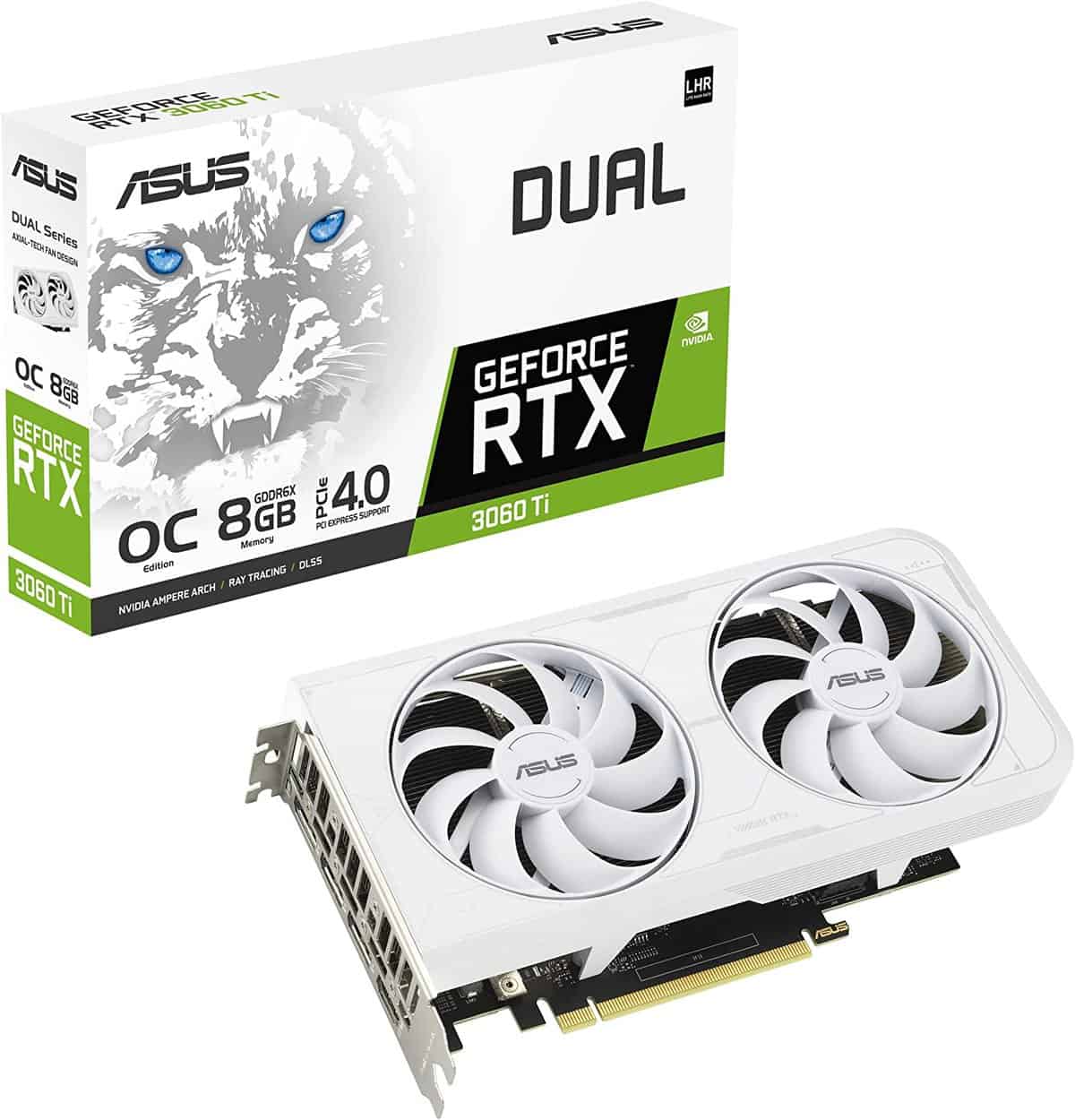RTX 4060 Ti 16GB vs RTX 3060 Ti – new-gen takes on old-gen

Table of Contents
Nvidia is poised to release the RTX 4060 Ti 16GB, a new variant they hope will turn the tide after the somewhat underwhelming reception of the 8GB version. In this piece, we’ll compare the new RTX 4060 Ti 16GB vs RTX 3060 Ti, to see if doubling the memory space can effectively elevate the 4060 Ti from a middling mid-range card to a more fitting Ti-grade contender. Buckle up and join us as we dissect whether this added VRAM is the magic ingredient needed to turn the tables on initial impressions.
RTX 4060 Ti 16GB vs RTX 3060 Ti: specs
At the heart of the RTX 4060 Ti 16GB and the RTX 3060 Ti, there are a few key differences and similarities worth noting. Starting with the elephant in the room – the VRAM. The new RTX 4060 Ti 16GB comes with double the memory space compared to both the previous version and the RTX 3060 Ti. The upgrade to 16GB GDDR6 from the initially contested 8GB could potentially translate to substantial performance improvements, especially in memory-demanding applications and games.
However, it’s essential to mention that the memory interface stays the same at 128-bit, unlike the RTX 3060 Ti which boasts a 256-bit memory interface. This could still potentially limit the RTX 4060 Ti 16GB’s memory bandwidth, even with the additional VRAM, but only real-world benchmarks will reveal the true impact of this.
While both GPUs hold distinct positions when it comes to their core configurations, texture units, and raytracing cores, the RTX 4060 Ti 16GB nudges ahead with a higher base and boost clock. Yet, it does this at a lower TDP than the RTX 3060 Ti, which could suggest a better performance per watt scenario.
| Specs | RTX 4060 Ti 16GB | RTX 3060 Ti |
|---|---|---|
| Architecture | AD106 | GA104 |
| Cuda Cores | 4352 | 4864 |
| Texture Units | 136 | 152 |
| Raytracing Cores | 32 | 38 |
| Base Clock | 2310 MHz | 1410 MHz |
| Boost Clock | 2535 MHz | 1665 MHz |
| Memory | 16GB GDDR6 | 8 GB GDDR |
| Memory Interface | 128-bit | 256-bit |
| TDP | 165 W | 200 W |
| Price | $499 | $399 |
While on paper, the Nvidia GeForce RTX 4060 Ti 16GB seems to promise a considerable performance leap with its beefed-up VRAM, it would be interesting to see if this holds up in real-world applications given the continued 128-bit memory interface constraint. Stay tuned for our in-depth review and comparison where we dig into the benchmarks and provide a more accurate view of the performance gains.
RTX 4060 Ti 16GB vs RTX 3060 Ti: performance
Performance, as we know, is key to any successful graphics card. And in the world of gaming, where titles range from competitive esports to memory-hungry AAA masterpieces, different games have varied VRAM requirements. For esports, retro, and competitive games, 8GB of VRAM and a mere 32 MB of L2 cache memory are just enough to scrape by, as these games are typically designed to be more economical with memory usage. This allows you to get by with a steady 60 FPS gameplay experience.
On the flip side, with more resource-intensive games, 8GB VRAM and 32 MB of L2 cache quickly start to feel antiquated. Nvidia themselves admitted as much when they rolled out the 12GB version of the 3060 only a year ago.
Now, with the 16GB version of the 4060 Ti, we should see a substantial performance upgrade. More VRAM generally leads to smoother gaming experiences, especially with high-resolution textures and large game worlds, as more of this data can be stored on the GPU, ready for when it needs to be quickly accessed. However, the lingering concern with the 4060 Ti remains its relatively narrow 128-bit memory interface, which could still hamper performance, causing intermittent responses even with DLSS 3.0.
So, the question remains: can the combination of double the VRAM, faster clock speeds, and ray tracing 3.0 turn the tide in favor of the 4060 Ti 16GB? Well, the 128-bit memory bus remains a potential stumbling block. When compared to the 256-bit memory bus on the 3060 Ti, it could still limit the speed at which the GPU can access the VRAM. In other words, even with twice the memory, if the card can’t access it rapidly enough, the 4060 Ti 16GB might still lag behind in game benchmarks and average FPS. It’ll be interesting to see how this dynamic plays out when the GPU hits the market.
RTX 4060 Ti 16GB vs RTX 3060 Ti: Price
Looking at the cost aspect, the new RTX 4060 Ti 16GB releases this July with a price tag of $499. It’s certainly a significant step up from the RTX 3060 Ti, which hit the market with an MSRP of $399. Now, is this $100 premium justified for a mid-range GPU like the 4060 Ti 16GB?
While we certainly appreciate the bump to 16GB VRAM – a notable improvement that’s well received – it’s hard to ignore that the price point of $499 seems somewhat steep for a mid-tier Ada Lovelace architecture GPU. This is especially when considering the rest of the specifications of the 4060 Ti 16GB.
If we put the memory upgrade aside and focus on the rest of the offering, we find that there are areas, such as the narrow 128-bit memory bus, that don’t exactly inspire confidence. Compared to the 3060 Ti’s attractive $399 price point at the time of release, with its well-rounded performance and features, the 4060 Ti 16GB’s pricing may come across as a bit rich for what it delivers.
In a world where every dollar counts, it’s crucial for a product to deliver value proportionate to its cost. Thus, Nvidia’s pricing strategy for the RTX 4060 Ti 16GB is definitely something to ponder over as we anticipate its release.
RTX 4060 Ti 16GB vs RTX 3060 Ti: Final thoughts
In conclusion, the RTX 4060 Ti 16GB seems like a costly revision of what the initial 4060 Ti should have been. While Nvidia stands to make gains from this launch, it’s important to remember that value and performance are not always synonymous. When we place the RTX 4060 Ti 16GB head-to-head with the 3060 Ti, there’s no denying that the former is set to outperform due to the additional VRAM and Ray Tracing 3.0 capabilities. However, this comes at a steep price, which may not appeal to all potential buyers.
FAQs
Should I upgrade from 3060 Ti to 4060 Ti 16 GB?
Even though the RTX 4060 Ti 16GB will offer better performance than the 3060 Ti, we wouldn’t necessarily recommend this as a worthwhile upgrade. The jump in performance, although noticeable, might not be enough to justify the considerable price difference. If you’re planning to upgrade, we would suggest looking at something like the RTX 4070 for a more substantial performance improvement. In the end, it always comes down to your specific needs and budget.


